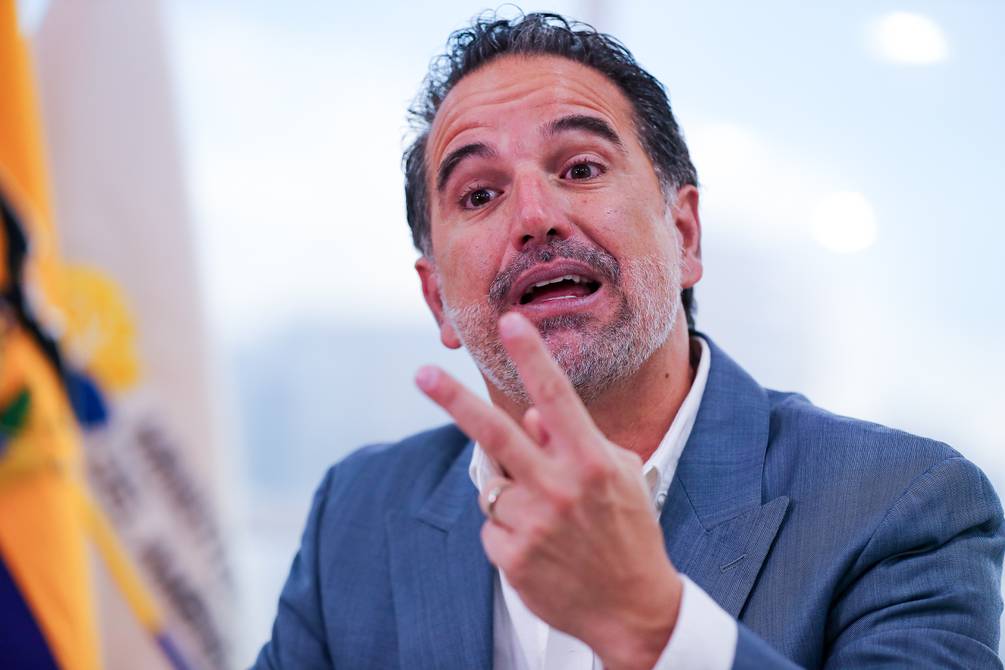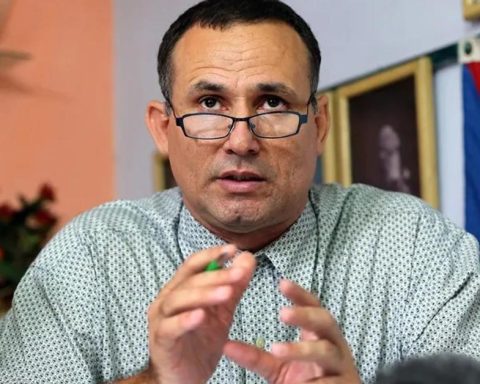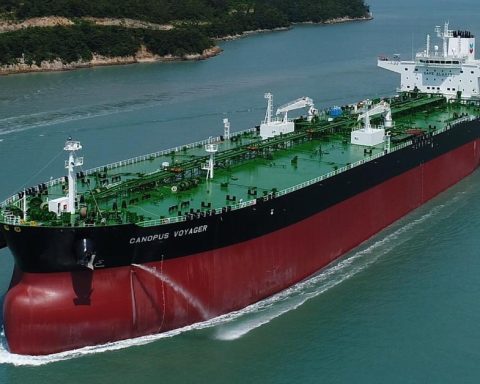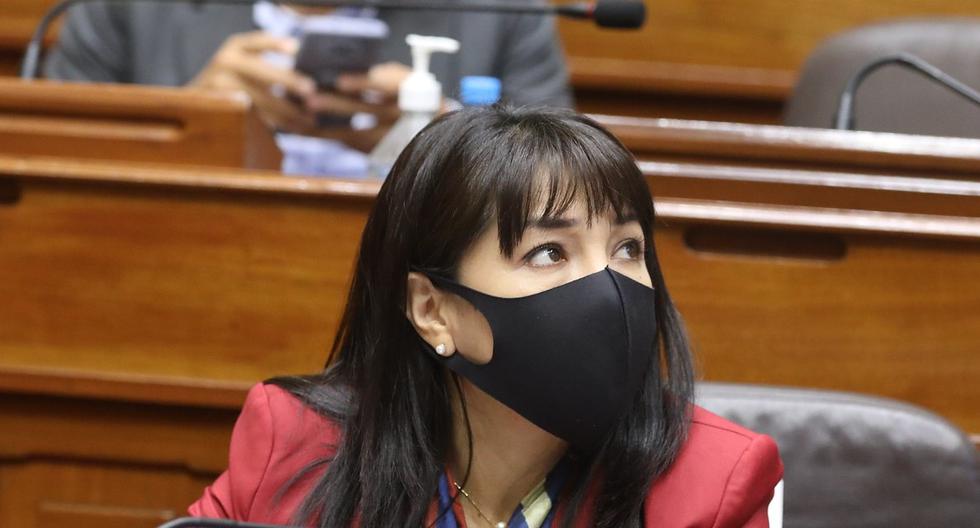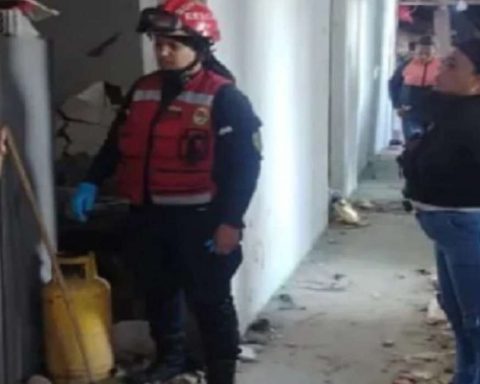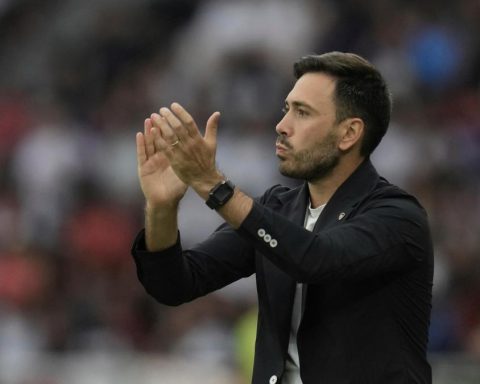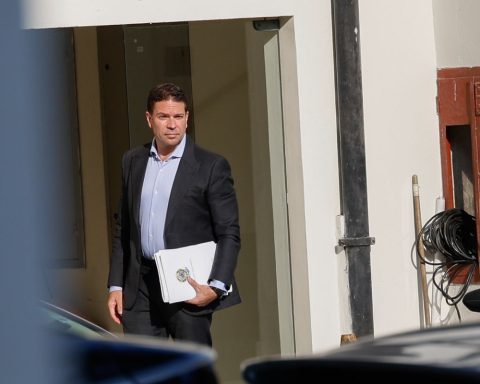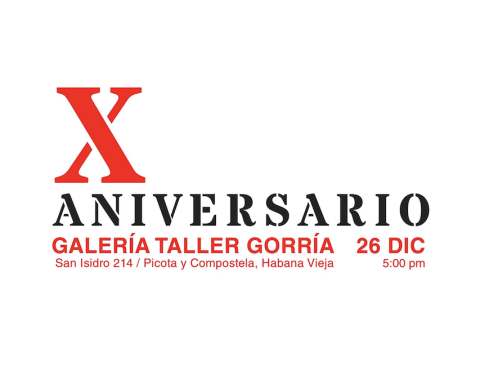With the debt swap, and the so-called blue bonds, the Government expects to generate annual revenues of between $ 12 and $ 18 million to conserve the islands and their ecosystem.
The Minister of Environment, Water and Ecological Transition, Gustavo Manrique, reported that President Guillermo Lasso will sign the executive decree for the declaration of the new 60,000-square-kilometer Galapagos marine reserve between December 2021 and January 2022.
In the second half of next year, the new reserve could be operational, “I will sign it,” replied the minister during a discussion for the media.
Ecuador also committed to the creation of the Marine Corridor of the Eastern Tropical Pacific (CMAR), which would have an area of 500,000 square kilometers and would connect the Galapagos Islands in Ecuador, Malpelo Island in Colombia and those of Cocos and Coiba, located in waters territorial areas of Costa Rica and Panama.
Manrique said that Lasso’s decision implies the protection of the seamounts that connect Ecuador with Costa Rica, and that in Costa Rica, in turn, it connects with Panama and Colombia.
“The geographical history of the country changed with the decision to protect marine highways, which are also known as migravía (of marine species),” said the minister.
After signing the decree, the Ministry of the Environment must develop an environmental management plan for that reserve, which will be ready “soon”. “I hope it takes three months,” said the minister.
With respect to debt swap, Manrique explained that it consists of restructuring costs and times in order to allocate those resources to conservation. Annual benefits could be between $ 12 million and $ 18 million.
“It will be the largest debt swap in history, the President spoke of $ 1.1 billion,” he said.
In addition, they have initiated dialogues to receive economic cooperation for the conservation of the sea.
The official insisted that the activity of the international fleets will not be affected by the creation of this new marine reserve.
In Glasgow (United Kingdom), Ecuador also signed a document for the reduction of 30% of methane gas, which is substantially more polluting than CO₂. However, that energy transition has high costs and will require the exploitation of more minerals.
One of the keys to achieving Ecuador’s new environmental objectives is the support of multilateral credit organizations. Cheap financing and endorsement to create energy transition trusts are key for the next few years.
President Lasso has already started making contacts for that. On November 6, 2021, he announced his meeting with the president of the Inter-American Development Bank (IDB),
Mauricio Claver-Carone.
We had a conversation with the president of @the_BID Mauricio Claver-Carone on the Ecuadorian marine conservation initiative, protecting the #Galapagos Islands, our Amazon program, and the IDB capital increase to strengthen biodiversity and create jobs. pic.twitter.com/ObrAzURvab
– Guillermo Lasso (@LassoGuillermo) November 6, 2021
